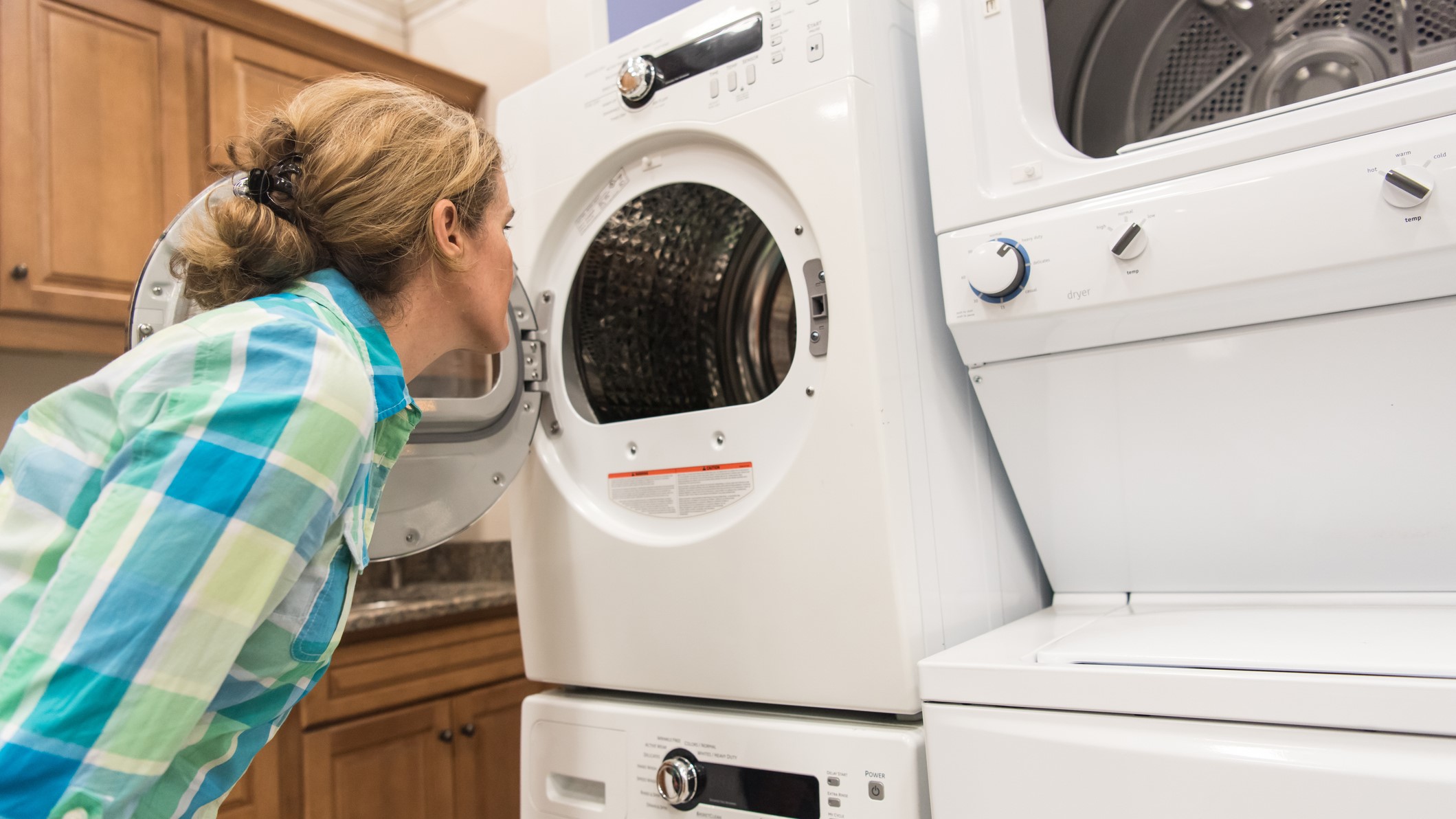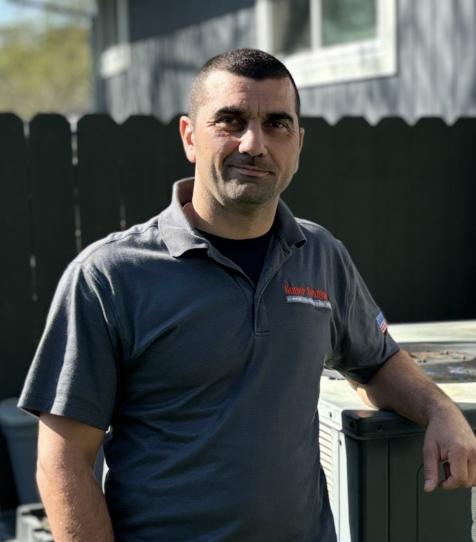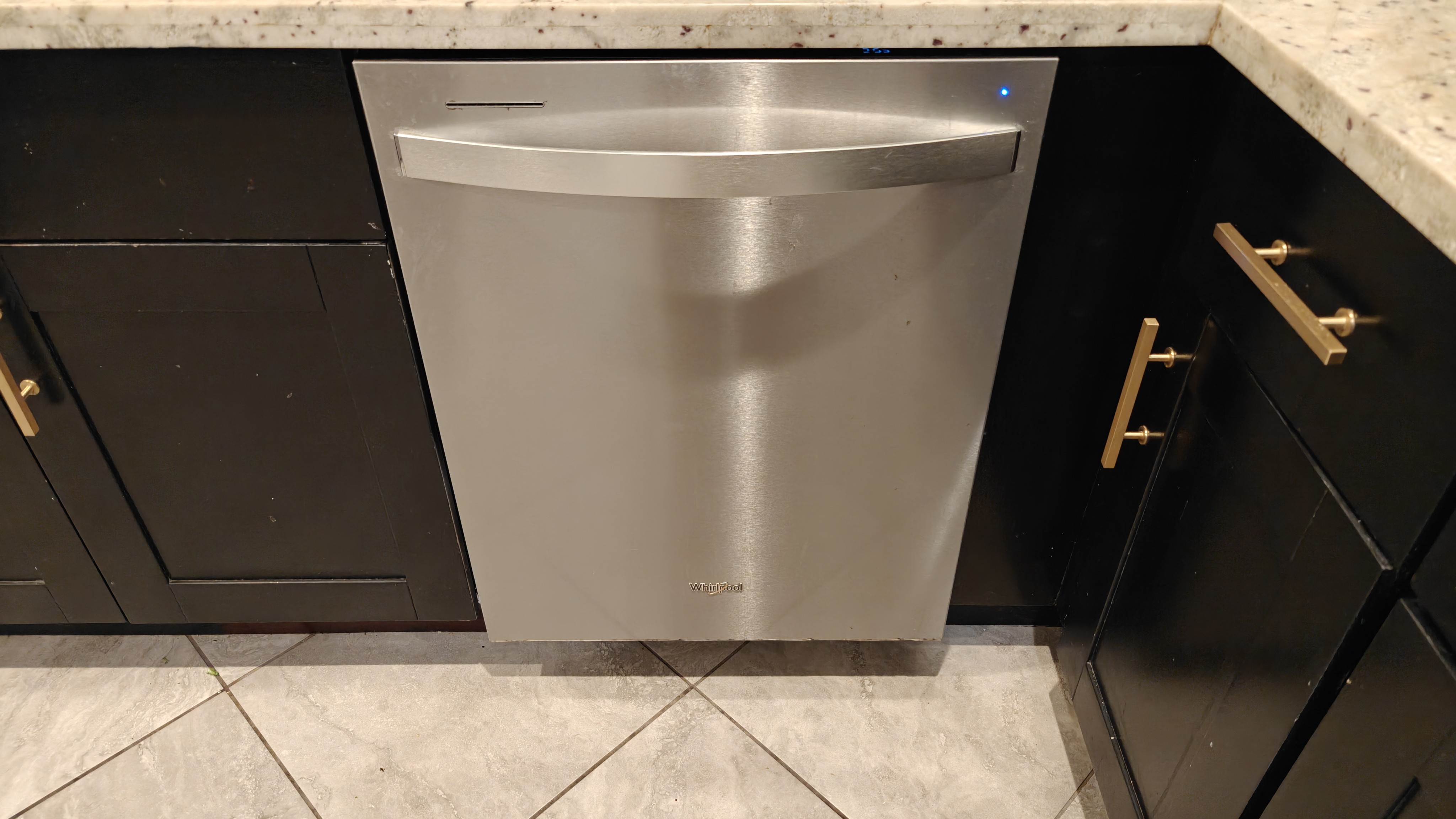How to stack a washer and dryer: maximise your space with our step-by-step guide
Stack smart and save space with this easy guide to safely and simply doubling up your washer and dryer.

Stacking your washer and dryer is easier than it looks when you’ve got the right tools and know-how. It’s a brilliant way to save space in your laundry room or kitchen, but getting it wrong can lead to wobbly appliances or even safety hazards. With a few simple steps and the proper setup, you can create a secure, space-saving solution that works seamlessly.
Before you get started, make sure your appliances are designed to be stacked, and double-check the manufacturer’s guidelines for specific instructions. While the process is straightforward, I’ll focus on the key steps for effectively stacking front-loading washers and dryers.
- Washer and dryer (stackable models)
- Stacking kit (specific to your appliance models)
- Screwdriver
- Level
- Measuring tape
- Non-slip mat or rubber pads
- Help from another person
To ensure you’re getting it right, I’ve drawn on advice from industry experts, too, from learning the advantages of stacking your washer and dryer to what you need to bear in mind, from measuring up to regular maintenance.
How to stack a washer and dryer: quick steps
- Check compatibility
- Prepare the area
- Position the washer at the base
- Install the stacking kit
- Lift and place your dryer on top
- Connect the dryer
- Test for stability
- Run a trial cycle

How to stack a washer and dryer: step-by-step guide
1. Check compatibility
Ensure your washer and dryer are stackable, such as the LG 7.4 Cu. Ft. Stackable Smart Electric Dryer and confirm the stacking kit is compatible with your models. Refer to the manuals for both appliances to avoid mistakes. "It is essential to buy appliances that are meant to be stackable instead of stacking your regular washer and dryer," says Ryan Meagher, Business Development Manager at BVM Contracting. "If you go to any appliance supplier's website, there is a specific section that outlines stackable washers and dryers."
Plumber Alex Atkinson agrees it's not worth trying to fast-track the job with your existing appliances unless they are designed to be stacked. "Non-stackable models should not be stacked. Their potential instability can damage your appliances or even void the warranty since they were not designed for such use."

Ryan works for his family's residential construction company and has been working as the Business Development Manager for over 5 years. He has a diverse background with everything related to residential construction.

Alex works for Super Brothers Plumbing Heating & Air, based in California.
2. Prepare the area
Choose a stable, level surface and ensure enough horizontal and vertical clearance for the stacked appliances. "If you're planning on installing a stackable system in a closet or very tight space, make sure that you measure the door opening and the interior space of the closet," says Ryan. It might make more sense to get a stackable system that comes in one piece, as they're usually built for smaller living spaces."
Alex explains that it is crucial to check that all your power and water connections are within reach. Proper routing of hoses and electrical connections will avoid strains or damage caused by the stacked position."
3. Position the washer at the base
Place the washer on the floor as the base unit. Use a level to confirm that it’s sitting flat. Adjust the washer's feet as needed to prevent movement during operation.
Justin Cornforth, owner and CEO of Ace Home Co, says the washer must be situated below the dryer. "The washer is heavier and shakes a lot, plus it's made to handle weight, while dryers aren't as strong." He also recommends popping a non-slip mat under the washer and felt or rubber strips between the washer and dryer to increase stability and reduce vibration noise.

Justin Cornforth is the owner of Ace Home Co, a family-owned company founded in 2017. With a strong emphasis on professionalism and expertise, Justin continues to lead his team in exceeding customer expectations and ensuring that all plumbing, electrical, heating, and air needs are met with excellence.
4. Install the stacking kit
Follow the instructions in the stacking kit carefully. Typically, this involves securing brackets to the washer and ensuring they’re in place to hold the dryer firmly. However, some universal stacking kits provide a framework and straps to secure the dryer instead. Stacking kits, such as the HHXRISE Washer Dryer Stacking Kit or the KSTK1 27-inch Laundry Stacking Kit Replacement for LG Washer & Dryer, start from around $20 to $40.
Alex recommends connecting the washer and dryer with a high-quality, authorized stacking kit. "This will stabilize both appliances and create a secure connection."
5. Lift and place your dryer on top
Lift the dryer with help from a friend or family member and position it onto the washer. Align it with the stacking kit and secure it using the fasteners. Don't try to do this yourself!
6. Connect the dryer
Attach the dryer vent and plug it into the power supply. Make sure all connections are secure before moving on to the next step.
7. Test for stability
Gently push the stacked unit to check it’s stable. Adjust the washer’s feet or install a non-slip mat underneath if there's any wobbling.
8. Run a trial cycle
Run a quick cycle on both appliances to ensure they’re working correctly and there’s no excessive vibration or movement.

How to stack and washer and dryer: FAQs
What are the advantages of stacking a washer and dryer?
Stacking your washer and dryer is an excellent way to save space, especially in smaller homes or apartments. Ryan explains, “You get a huge amount of space savings with stackable laundry systems, which could allow you to create more cabinet space or even add a much-needed sink to your laundry room.”
By stacking your appliances, you’ll also have all your laundry tasks in one spot, making chores more convenient. Justin adds, “It opens up the possibility of utilizing the free space for things like adding storage shelves or a folding station.”
For those who want modern convenience, stackable units often feature smart technology, such as app control. This can make laundry more manageable, especially when the controls on a stacked dryer are slightly more complicated to reach.
What should I bear in mind?
When setting up a stackable washer and dryer, choosing appliances designed explicitly for stacking is essential. Ryan emphasizes, “It is necessary to buy appliances that are designed to be stackable. Using non-stackable units could result in damage, voided warranties, and safety risks.”
Ryan also advises taking the time to plan your space and take measurements carefully. “Measure the space where you want the unit installed before ordering. If you plan to install into a tight space, ensure the door opening and interior dimensions are suitable.”
Don’t overlook maintenance challenges, either. Justin points out, “Over time, vibrations from the washer may loosen the stacked setup if not checked regularly. And access to the dryer’s lint trap or controls can be tricky, so labels or color-coded stickers can help.”
Justin also suggests, “From time to time, check the stacking kit bolts or fasteners to ensure they remain tight.” These precautions should allow you to enjoy a safe, efficient, long-lasting setup that produces minimum noise and movement.
Final thoughts
Stacking a washer and dryer can seem daunting, mainly if you have limited space or are unsure where to begin. However, maximizing your laundry area without sacrificing functionality or safety is a fantastic way. That’s why this straightforward, step-by-step guide answers all your questions about setting up your stackable washer and dryer confidently and efficiently.
Buying Guides
Best washer dryer combos 2025: all-in-one solutions for your laundry needs, chosen by experts
Best hair dryers: Top-rated blow dryers for all budgets
Reviews
LG DLEX8600BE 7.3 Cu. Ft. Smart Electric Dryer review: over 24 high-tech drying programs
Asko T411VDW 5.1 cu. ft. Stackable Electric Dryer review: ideal for lighter loads
Revlon Perfect Heat Fast Dry Travel Styler review
From choosing the right appliances and ensuring stability to making the most of your available space, I hope this article simplifies the process for you and prevents expensive mistakes. Whether you’re tackling this project for the first time or looking for ways to optimize your laundry room, you should be able to achieve a safe, space-saving setup that works for your home and your lifestyle.
Sign up to receive the latest news, reviews, buying guides and deals direct to your inbox

Joanne Lewsley is a reputable freelance writer specializing in evidence-based health and lifestyle content. With a background in journalism and extensive experience working for known brands, Joanne rigorously tests and evaluates home gadgets. Her passion for writing is complemented by her love for the outdoors and live music.
